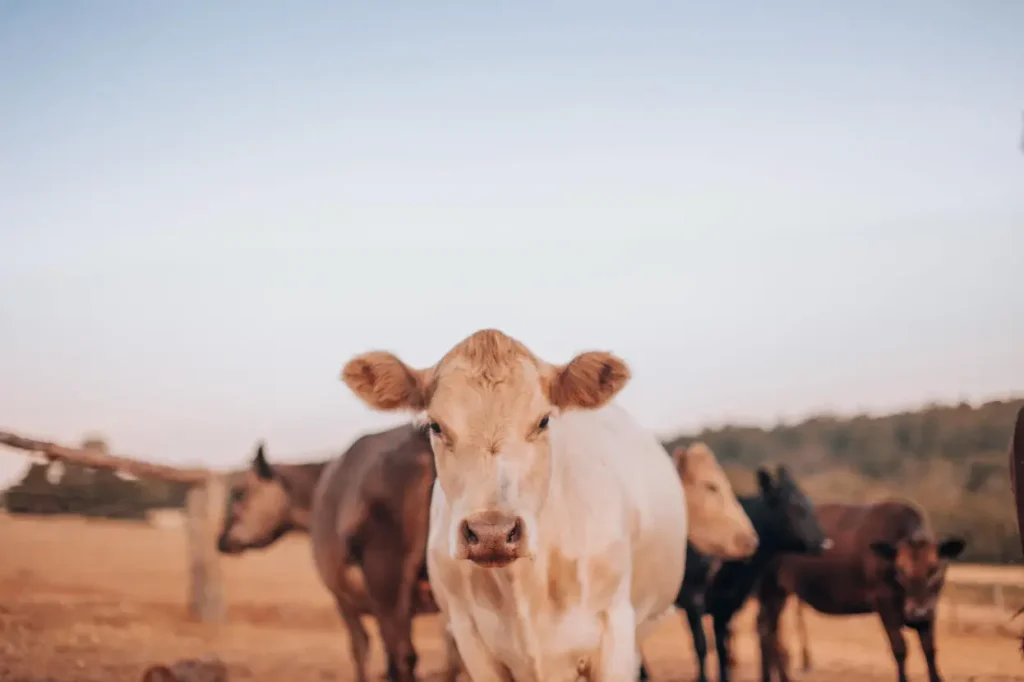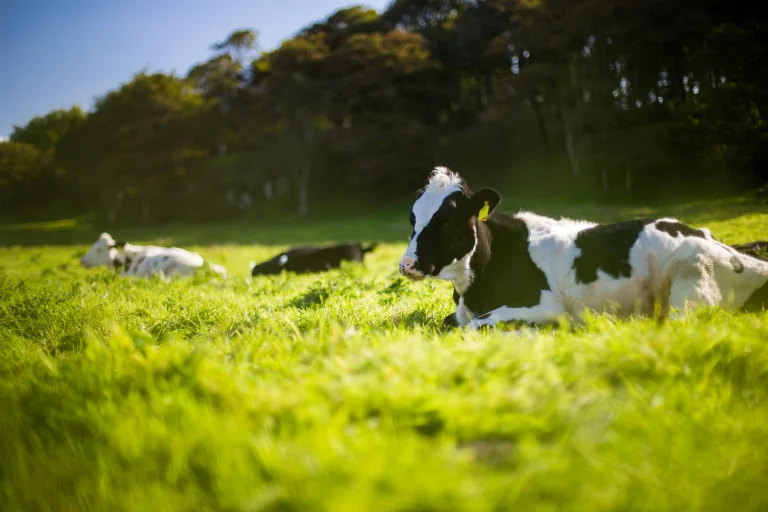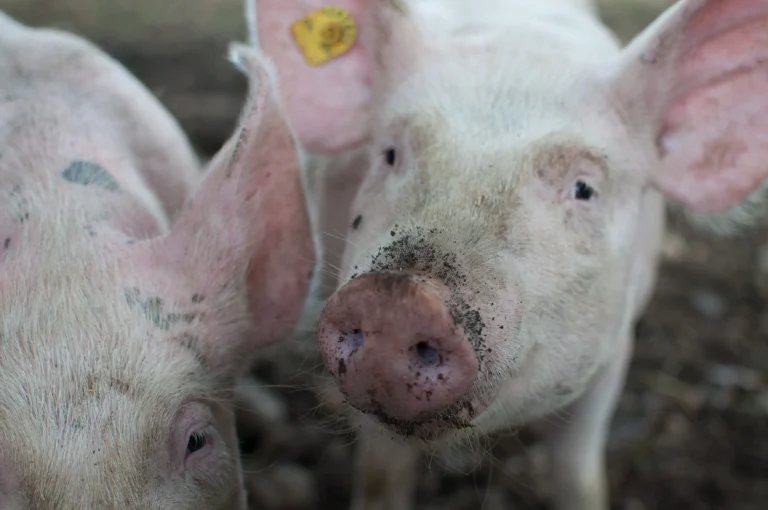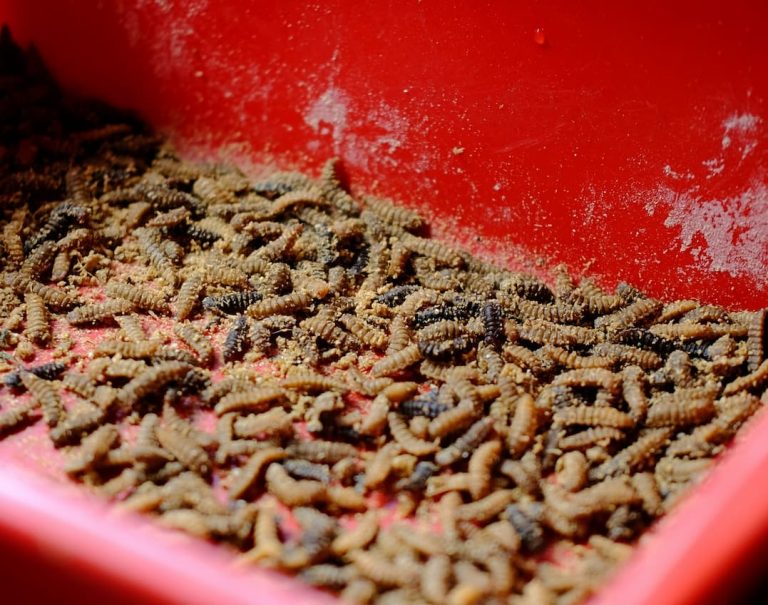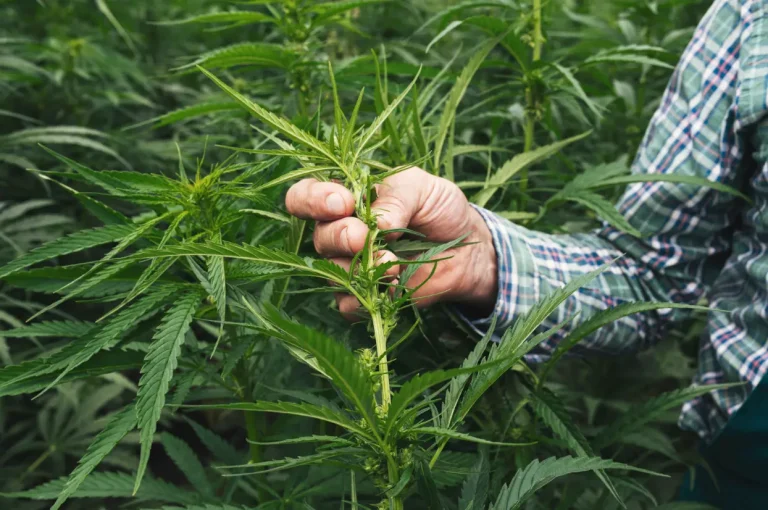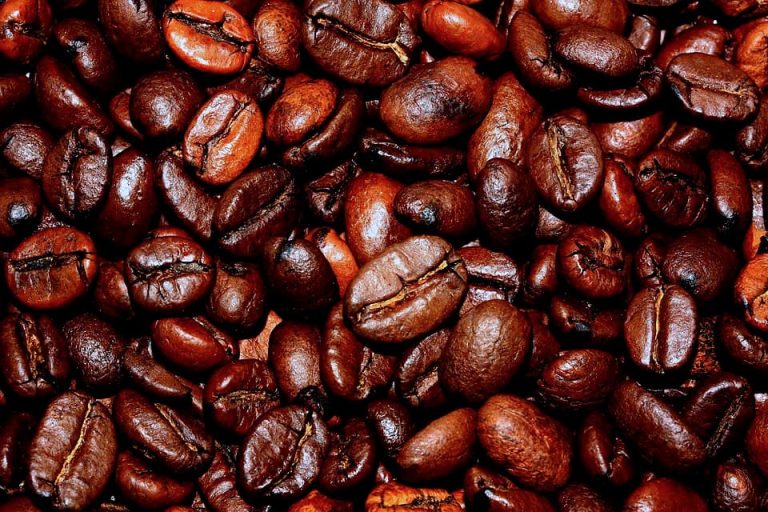Ruminant livestock naturally produce methane as part of the digestive process, and this has increasingly drawn attention from researchers and policymakers looking for ways to reduce agriculture’s overall climate impact.
At the same time, cattle play an important role in food security, nutrient cycling and landscape management , which means any mitigation strategy has to be practical and economically workable for producers. In this Q&A, Farming Future Food looks at the main approaches currently under development – from feed additives and breeding programmes to changes in policy and supply-chain incentives – and assesses how close each of them is to real-world use.
Why do cattle produce methane in the first place?
Methane is produced as a normal part of the rumen fermentation process. When cattle digest feed, microorganisms break down plant material and release methane as a by-product. That methane is mostly expelled through belching. The amount produced varies depending on the animal’s diet, genetics and productivity – which is why mitigation strategies tend to focus on those areas.
Can feed additives really reduce methane emissions?
In some cases, yes. A number of feed additives have shown promising results in reducing enteric methane formation, sometimes by 20–30 per cent or more in trials. These include synthetic inhibitors (such as 3-NOP), macroalgae (such as Asparagopsis taxiformis) and essential oils or tannins from plants. Their effectiveness in the field depends on dose, diet composition, and delivery method – and most evidence so far is from intensive or semi-intensive systems where diets can be tightly controlled.
Are there non-feed approaches that also make a difference?
Yes. One of the most important is breeding. Studies have shown that methane production has a heritable component, and it is now possible to select animals with lower methane yield per unit of feed intake. Several breeding indexes in New Zealand and Australia already include methane traits. Management practices also play a role. Improving forage quality, optimising herd efficiency and reducing unproductive animals in the system can all lower methane output per kilogram of product.
How close are these technologies to commercial use?
Synthetic feed inhibitors (like 3-NOP) are commercially available in some regions and are already being used by a small number of dairy producers. Seaweed-based additives are still moving through scale-up and regulatory approval. Breeding for low-emission animals is being integrated into genetic selection programmes, although progress is gradual and requires long-term data. In grazing systems, the biggest challenge is delivering additives consistently – something research groups are trying to solve through slow-release formulations or boluses.
Is policy likely to force or incentivise adoption?
Policy pressure is increasing. New Zealand is introducing a pricing mechanism for agricultural methane from 2025. The European Union and the United States have included methane reduction within broader climate strategies, and several major food companies are committing to cut Scope 3 emissions from livestock supply chains. In parallel, certification schemes and market programmes are emerging that offer financial incentives for farmers who adopt methane-reducing practices backed by verifiable data.
What does all of this mean for producers in practical terms?
In the short term, options remain limited to those systems where feed intake can be controlled and monitored – mainly dairy and feedlot operations. Grazing operations have fewer immediate tools, although breeding and pasture improvement strategies are available. Over the longer term, commercial pressure (from buyers) and policy instruments are likely to make methane reduction part of normal farm management. The challenge will be to align these measures with realistic returns and minimal impact on animal performance.
FAQ
Why do cows produce methane?
Cows produce methane as part of their normal digestive process. Microorganisms in the rumen break down fibre-rich feed and generate methane gas, which is then released mainly through belching.
Can methane from cows be reduced?
Yes. Feed additives, changes in breeding and improvements in feed quality and overall herd efficiency can all help reduce methane emissions per kilogram of meat or milk produced.
Key takeaways
- Methane is produced as a natural part of rumen fermentation and varies depending on diet, genetics and productivity.
- Feed additives such as 3-NOP, macroalgae and plant-based compounds have reduced methane by up to 30% in controlled trials, although delivery is easier in intensive systems.
- Non-feed approaches include breeding animals with naturally lower methane yield and improving pasture quality and herd efficiency.
- Synthetic inhibitors are already in limited commercial use; seaweed-based products and bolus delivery systems are progressing through development and regulatory approval.
- Policy pressure and supply-chain incentives are likely to accelerate adoption, particularly as buyers and governments integrate methane reduction into climate targets.
Want to read more stories like this? Sign up to our newsletter for bi-weekly updates on sustainable farming and agtech innovation.
